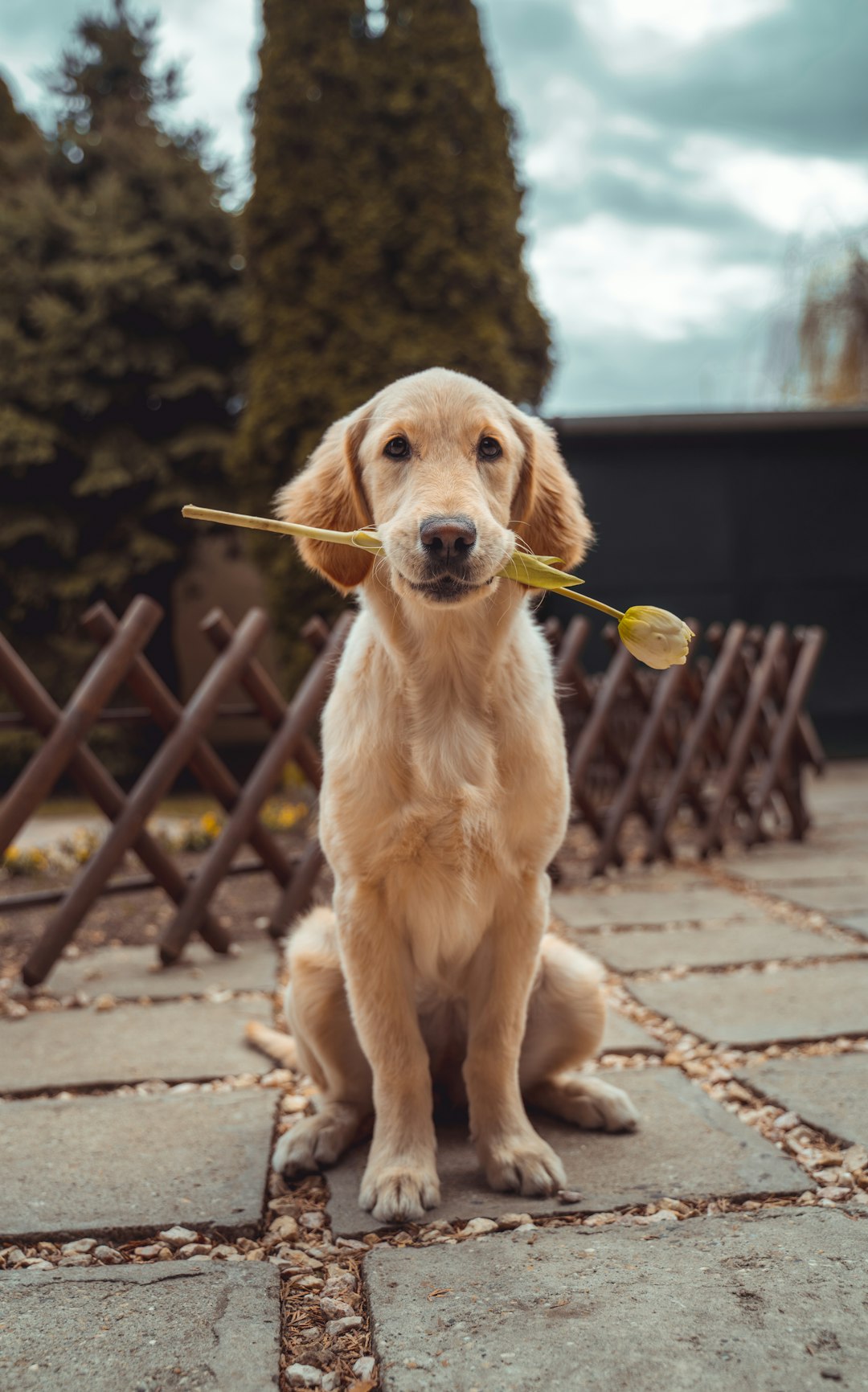
Dogs bring joy, love, and companionship to our lives, but sometimes their unruly behavior can leave us feeling frustrated and overwhelmed. Whether you’re a first-time dog owner or have had dogs your whole life, training your furry friend is essential for creating a harmonious relationship. In this article, we will explore various effective dog training techniques and provide you with the tools you need to become a confident and successful dog trainer.
Understanding the Basics: Establishing the Pack Leader
Before diving into specific training methods, it’s important to understand the concept of pack leadership. Dogs are pack animals by nature and need a strong leader to feel secure. By establishing yourself as the pack leader, you can earn your dog’s respect and obedience. Remember, being a pack leader doesn’t mean being harsh or aggressive; instead, it means providing consistent guidance and setting clear boundaries.
Positive Reinforcement: The Power of Rewards
One of the most effective training techniques is positive reinforcement. Dogs, like humans, respond well to rewards and praise. When your dog exhibits a desired behavior, such as sitting or staying on command, reward them with treats, verbal praise, or even a pat on the head. By associating good behavior with positive outcomes, you can encourage your dog to repeat those actions. Keep in mind that consistency is key; reward your dog each time they perform the desired behavior until it becomes a habit.
Clicker Training: A Sound Approach
Clicker training is a popular and effective method that uses a small handheld device called a clicker to mark desired behaviors. The clicker makes a distinctive sound that your dog will quickly learn to associate with rewards. By timing the click with the desired behavior and following it with a treat or praise, you can effectively communicate what you want your dog to do. Clicker training works well for teaching tricks, obedience commands, and even overcoming behavioral issues like barking or jumping.
Leash Training: Walking in Harmony
Taking your dog for a walk should be an enjoyable experience for both of you, but it can quickly turn into a frustrating ordeal if your dog pulls on the leash. Leash training is essential for teaching your dog to walk calmly by your side. Start by using a properly fitted harness or collar and a sturdy leash, then gradually introduce your dog to the sensation of the leash. Whenever your dog pulls, stop walking and wait until they return to your side before continuing. Consistency and patience are key in leash training, but with time and practice, your dog will become an expert walker.
Crate Training: A Den for Your Dog
Crate training is a valuable tool for both housebreaking and providing a safe space for your dog. As den animals, dogs have a natural instinct to seek out small, enclosed spaces where they feel secure. Introduce your dog to the crate gradually, starting with short periods of time and gradually increasing the duration. Make the crate a positive space by placing comfortable bedding and toys inside. Remember, never use the crate as a form of punishment; it should always be associated with positive experiences.
Socialization: Building Confidence and Friendships
Socialization is crucial for ensuring your dog behaves well in various situations and gets along with other animals and people. Expose your dog to different environments, such as parks, busy streets, and crowded areas, to help them become confident and well-rounded. Encourage positive interactions with other dogs and reward good behavior. The more your dog is exposed to different experiences, the better they will be at adapting to new situations.
Patience and Persistence: The Key to Success
While dog training can be a challenging task, it’s important to remain patient and persistent. Remember that each dog is unique and will respond to training techniques differently. Celebrate small victories along the way and don’t be discouraged by setbacks. With time, consistency, and a lot of love, you can master the art of dog training and create a strong bond with your furry best friend.
In conclusion, dog training is an essential part of responsible pet ownership. By establishing yourself as the pack leader, using positive reinforcement, and employing various training techniques, you can teach your dog good manners, obedience, and social skills. Remember to be

